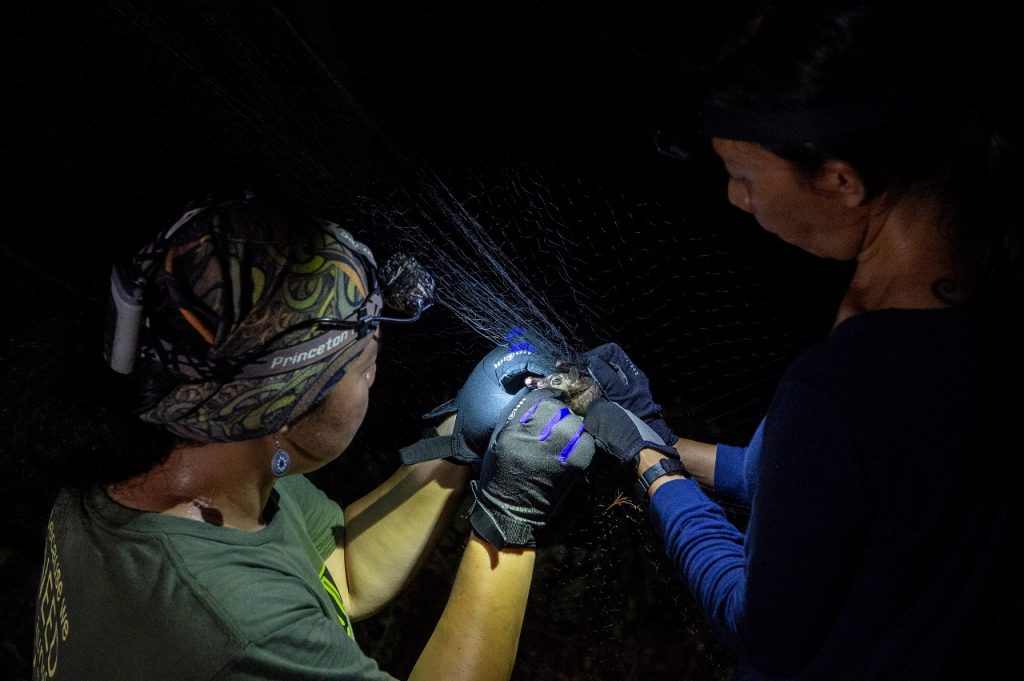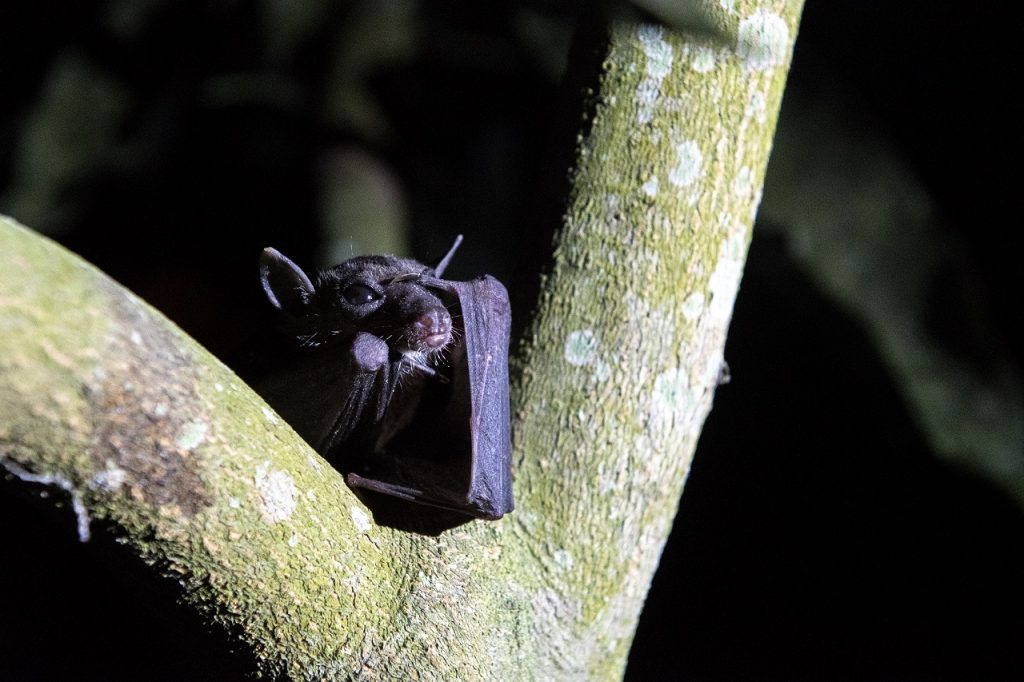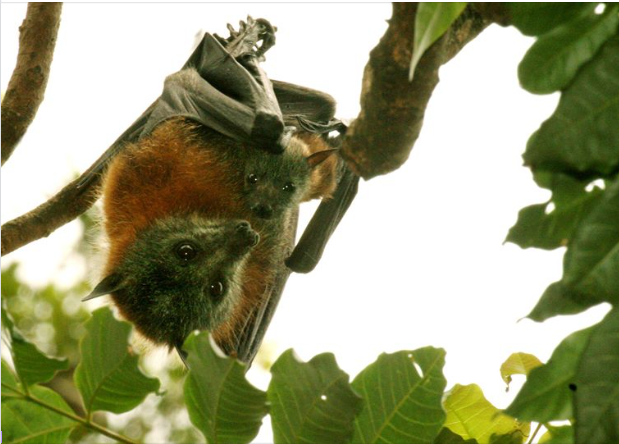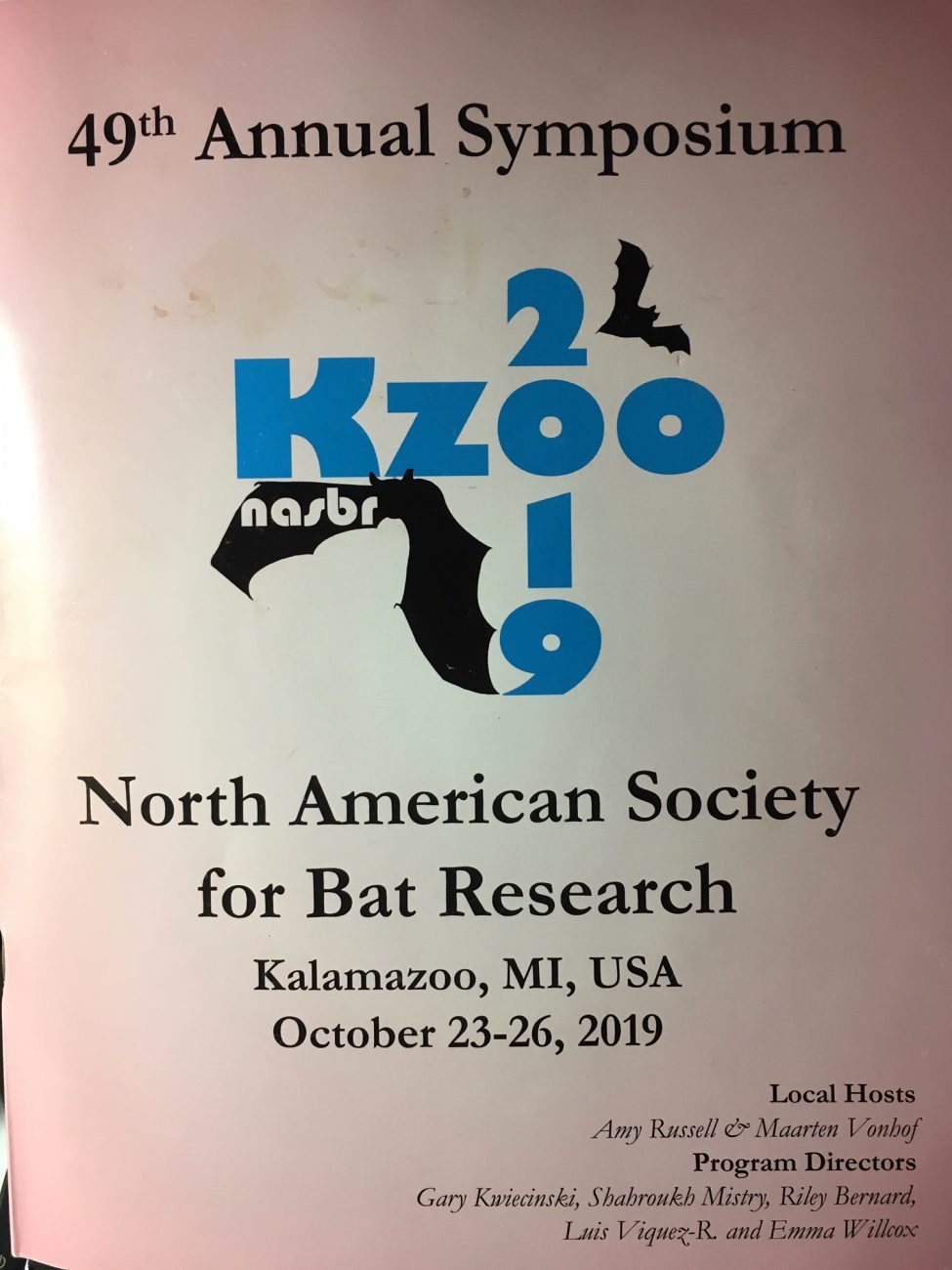Covid-19: The Public Scapegoating Of Bats Needs To Stop
AuthorSheema Abdul Aziz, PhD Contributor / Project Pteropus, Rimba, Malaysia (https://rimba.ngo/project-pteropus/)
- Current Affairs
- Opinion
27 Mar 2020 All photos by Sanjitpaal Singh / Jitspics.com
The world is now in the throes of a COVID-19 pandemic.
Although the origin and cause of the outbreak have still not been identified, right from the beginning the media was rife with the usual inflammatory statements speculating bats to be the main suspects.
There is still a lack of conclusive evidence tracing the disease back to bats – the actual SARS-CoV-2 virus has not even been detected in bats yet, and even if it is, this doesn’t prove a direct transmission route from bats to humans, as other factors (and possibly other animals) may have been involved in causing the outbreak.
Let’s not forget, bats were not recorded or reported to be at the Wuhan market when the outbreak started. Yet the supposed ‘bat origin’ of this so-called “bat-borne virus” was quickly propagated and accepted as fact amongst the general public.
This led to further irresponsible speculations quickly surfacing about the outbreak being caused by the consumption of “bat soup”—fake news that has now been debunked.
To this day, bats have not been proven to be the cause of the outbreak. Yet the psychological link between bats and COVID-19 has already been created and solidified in many people’s minds.
Virologists, disease ecologists, public health officials and science communicators need to realise the impact their words have on the public psyche, and also on the wellbeing and conservation of bats.
Public speculation about the link between bats and diseases is dangerous and unhelpful—particularly when the supporting evidence is still weak. When bats continue to be framed so negatively in disease research and its media coverage, this results in unnecessary scaremongering that does nothing to help address the actual outbreak, but does instead stoke fear and hatred of bats—an already maligned animal group that continues to suffer from an undeserved negative public image.

This kind of storytelling is incredibly damaging and harmful. It threatens the safety of bat populations, and ultimately reduces support for bat conservation efforts. Indeed, the typical comments in response to such news is to call for the eradication of bats.
Once people have been led to develop unnecessary fear and paranoia around bats, it becomes very difficult to counter this, even with positive messaging about the beneficial aspects of bats.
If people are being forced to make a psychological choice between ecosystem services and their own health and safety, it’s not hard to see what choice they’re going to make.
In my own work alone, potential project partners have declined to support our bat outreach efforts because they worry that being associated with bats will hurt their businesses due to the COVID-19 hysteria.
A member of the public even complained to a wildlife officer about my team catching and handling bats for research—spurred by an unfounded concern about COVID-19.
Modern zoonotic outbreaks are clearly driven by the environmental destruction wrought by humans. As such, the best prevention method is in fact conservation action to preserve wildlife habitat, maintain wildlife populations in the wild, and reduce contact between wildlife and humans/livestock.
This fact has long been recognised and championed by the holistic One Health approach that recognises how environmental, animal, and human health are intertwined, equally important, and must all be prioritised concurrently.
This crucial message needs to be repeatedly highlighted; however, even in this effort there needs to be careful and sensitive messaging to the public.

We must not teach people to fear close proximity with bats. We need people to appreciate, value, and celebrate the nature that’s on their doorstep, in a safe and respectful way.
Conservationists, disease researchers, and communicators should avoid creating an assumption that human health can only be safeguarded by a total and complete separation between people and bats.
This is highly counter-productive and can have disastrous effects in places where local communities coexist with bats in the same space, which is common in both rural and urban areas.
In some places, this close-proximity coexistence has been the norm for generations despite the availability of pristine, high-quality bat habitat right next door; bats do often make a deliberate choice to roost amongst or near humans for no discernible reason.
In other cases, a loss of habitat and food resources can drive bats to suddenly move into human-dominated areas. Once bats establish themselves in this way it is exceedingly difficult—close to impossible—to remove them, even with lethal methods.
The last thing we need is for people to start panicking over this ‘forced’ coexistence, especially in places where bats and humans have had such a long history of cohabiting safely without disease spillover.
Certainly, we should teach people the right ways to live safely with bats in order to prevent zoonotic spillover.
Culling bats should never be attempted or promoted as a form of disease prevention and control. Yet people who have been led to specifically fear bats as disease vectors often do exactly that. Already we are hearing reports of bats being burned to death in Indonesia by the authorities, beaten to death by members of the public in Australia, and even thrown down a rubbish chute by urban residents in Singapore.
In Singapore, wildlife managers are fielding complaints and removal requests from the public who don’t want bats around urban housing areas. The backlash is very real, and it’s already begun.
With bats playing such critical roles in maintaining ecosystem health, their disappearance could cause multiple ecosystems to unravel and ultimately collapse.
Killing bats thus simply creates a ticking time bomb, leading to a new ecological crisis we’ll have to deal with later down the line.
The more immediate, short-term risk of such action is that it facilitates greater exposure to, and transmission of, disease.
So aside from jeopardising the welfare of bats, nature, and long-term human wellbeing, people who attempt to eradicate bats put themselves in direct contact with stressed and panicked animals that are far more likely to transmit pathogens—ironically, the very nightmare scenario that disease researchers and public health officials are trying to prevent.
Negative portrayals of bats thus undermine conservation and public health goals equally.
Instead, disease researchers, public health officials and science communicators should collaborate and coordinate closely with bat researchers and conservationists to devise more constructive communication on this topic.
There should be an integrated effort to ensure that public messaging and community engagement is sensitively crafted, and responsibly executed. If we can commit to this common goal, and execute this more holistic and interdisciplinary approach, we’ll finally be able to produce the right kind of information and messages to the benefit of both bats and humans. Do you think animals are wrongly blamed for the spread of diseases? Tell us what you think at community@ricemedia.co.
AuthorSheema Abdul Aziz, PhD Contributor / Project Pteropus, Rimba, Malaysia (https://rimba.ngo/project-pteropus/)












